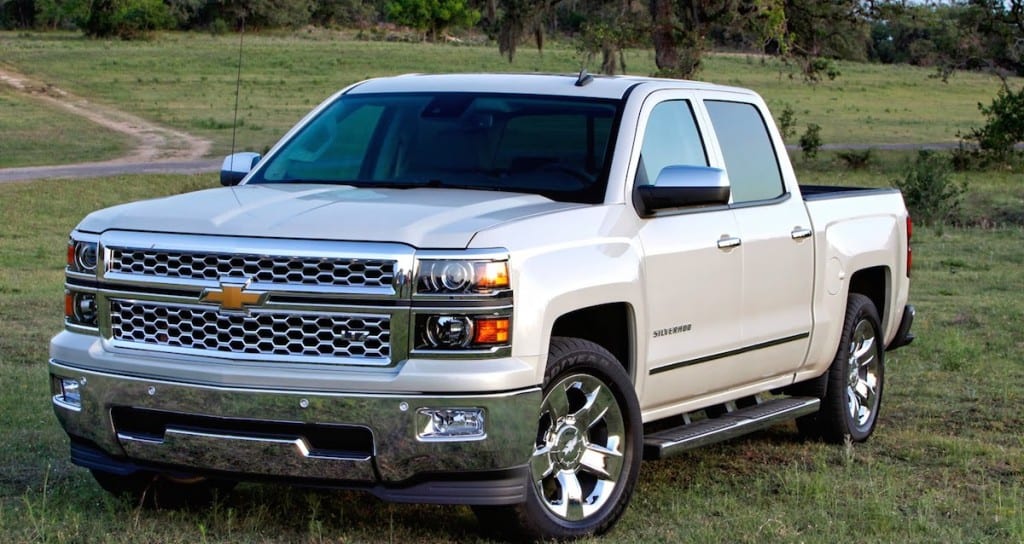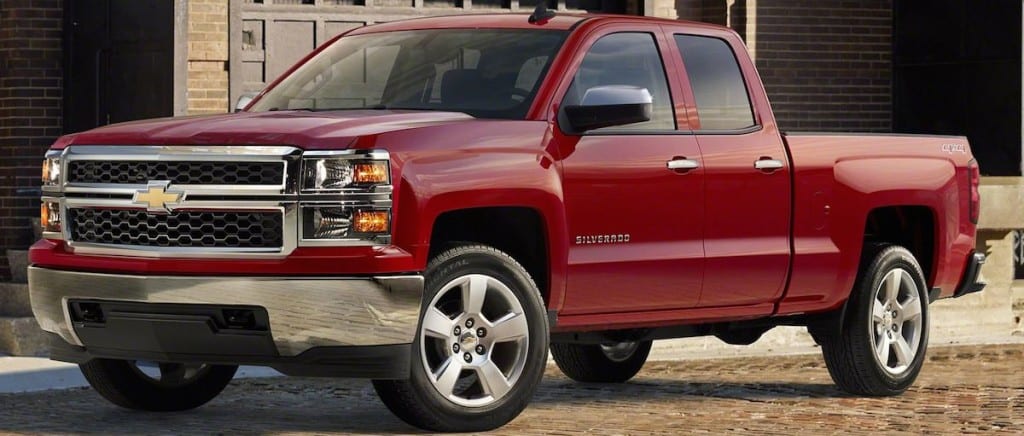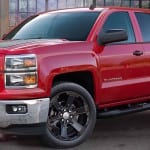In a classic spin on “Follow the Leader,” we have received word that one leader in the automotive world is following closely on the aluminum heels of another.
Chevy is right behind Ford in its plans to rebuild its lineup, specifically the Chevrolet Silverado, out of aluminum materials. This, after Ford successfully risked re-crafting its 2015 F150 pickup truck.
Aluminum materials, in lieu of steel, result in lighter vehicles, with improved capabilities and enhanced fuel efficiency.
Who doesn’t want that?
Well it seems like just about everybody does as Ford has struggled to meet growing demands for their new aluminum pickup truck. If Ford’s experience is any indication, I bet your local Chevrolet dealership will have a hard time keeping the future aluminum-based Silverado inventory stocked.
Time will tell, but for now let’s see why industry experts and consumers are increasingly in awe of aluminum…
The Starting Point: Ford’s 2015 F150
Although the Ford F150 still has a frame built from high-strength steel, the body and bed are aluminum based, which makes this truck approximately 700 pounds lighter than its all-steel competitors.
With its steel frame, the F150 retains its ruggedness and versatility, but the lighter body supports better fuel economy with improvements ranging between an estimated five to twenty percent for an overall enhanced performance.
Make no mistake. This was a big risk for Ford.
For more than three decades, the F150 has been the best-selling vehicle in the United States. Sales of last year’s truck almost maxed out at 100,000 more than those sold by General Motors.
In general, truck buyers are a loyal bunch, as these numbers show.
Just consider Ford’s production numbers. Last year, the brand manufactured a grand total of 647,697 F150 pickup trucks between both of its U.S. plants. To put that figure into a more illustrative example, a new F150 rolled off the assembly line every 49 seconds.
Although aluminum has been a component of the automotive industry for a while now, the new F150 has the distinction of being the first truck completely covered by it. If the new aluminum-bodied F150 delivers its promise of improved fuel efficiency, Ford could be facing a phenomenal payday.
In addition to risk, there is a logistical challenge and a financial cost to contend with that Ford had to overcome, as will Chevy when it embarks on manufacturing aluminum pickup trucks.
Spending a total of $1 billion to revamp its assembly and metal stamping plants, Ford also lost an estimated thirteen weeks of production when it made the necessary upgrades to its machinery and facilities.
So far though, the interruption and expense have both paid off and Chevy is ready to test its mettle…
Mettle…get it? Mettle? Metal?
The Chevy Changeover: From Steel to Aluminum
Following Ford’s lead, though it certainly wouldn’t like to admit it, Chevy is making plans to produce the new Chevy Silverado as an aluminum based truck.
Not only does the brand want to satisfy consumers and keep up with the Joneses (Fords), but federal fuel efficiency standards are getting stricter and the efficiency promised by aluminum is critical to Chevy’s success.
Earlier this month, General Motors announced that it is set to shell out $877 million to reimagine its factory in Flint, Michigan, where its current, steel-based pickup trucks are built.
Part of this investment is designed to expand the brand’s plants to include new assembly lines, including welding shops and paint operations for the upcoming Silverado, Chevy Tahoe, and Cadillac Escalade model years, without interrupting the present manufacture of current models.
Like Ford, there was a time when GM would actually halt production in preparation for the manufacture and release of new models, but Cathy Clegg, head of North American manufacturing for GM told Reuters the brand will not “take the whole facility down for six months and go dark in the market.”
These investments, including the plant overhauls, are actually projected to help create jobs and support the United Auto Workers union, whose primary aim right now is to boost job opportunities at domestic factories.
Now, as promising as the new aluminum construction might be – and Ford has shown it is – the primary drawback to aluminum materials is the cost of repair.
Generally, it is significantly more expensive to repair or replace aluminum components compared to steel. Given that the future models, projected to release in 2018, will be nearly entirely made of aluminum, the potential for expensive repairs is considerable.
That said, the savings at the pump arguably offset any imagined expense from repairs or parts replacement.
Just to envision how aluminum might benefit an already very capable and award-winning vehicle, let’s examine the current model year of the Chevy Silverado.
The 2015 Chevy Silverado: Efficiency Meets Power Meets Quiet Comfort
Perhaps one of the Silverados biggest perks is the impressive variety offered by its cab and cargo bed configurations, all of which are further customizable by an array of trims and packages.
Available in two-wheel and four-wheel drive, the 2015 Silverado comes in three body styles: regular cab, extended or “Double” cab, and crew cab. Depending on the body style, the truck beds can measure the standard 6.5-feet or the optional 8.2-feet. Crew cabs can also have a smaller, 5.75-foot short bed.
For the base level regular cab Silverado, consumers can choose from the Work Truck (WT), LS, and LT trims, while the extended cab is offered in WT, LT, LS, and LTZ level, and the crew cab has all of those, with the additional luxury line High Country and the Z71 off-road machine.
With all the body, bed, and trim level choices, it’s not surprising that the 2015 Chevy Silverado has an impressive lineup of powertrains with varying performance results.
Standard equipment comes from the 4.3-liter V6, rated at 285 horsepower with 305 lb.-ft. of torque, operated by a six-speed automatic transmission in rear-wheel or four-wheel drive. This base engine’s towing capability is measured at a maximum of 5,500 – 7,600 pounds, and ultimately determined by the truck’s equipment and style.
Next up is the 5.3-liter V8, generating 355 horsepower and 383 lb.-ft. of torque, with the same transmission and two or four-wheel drive options. Towing capability from this drivetrain increases to 6,200 – 11,500 pounds.
The top of the line is the 6.2-liter V8 engine, which gets 420 horsepower and 460 lb.-ft. of torque, paired to an eight-speed automatic transmission, with ultimate towing rated at 9,100 and extending to 12,000 pounds, depending on equipment.
Fuel efficiency from the V6 is estimated at 20 mpg combined with the two-wheel drive, while the four-wheel drive drops by one. The 5.3-liter V8 gets 19 mpg combined from the two-wheel drive and 18 mpg from four-wheel drive. Finally, the most powerful 6.2-liter V8 is EPA estimated at 17 mpg combined from both the two and four-wheel drive.
Despite all the power offered by the current model year Silverados, these trucks earned the top safety ratings from federal crash tests and the Insurance Institute for Highway Safety. Edmunds brake testing revealed that the Silverado is faster to brake than most full-size pickup trucks, able to come to a complete stop from sixty mph in 128 feet.
Between the power and fuel efficiency from the current high-strength steel construction, imagine the improvements aluminum could bring to the future Chevy Silverado models.
In addition to the accolades for efficiency and performance, automotive experts and reviewers routinely report a very quiet ride, which will likely only be further hushed by a lighter, aluminum body.
We’re looking forward to seeing what Chevy comes up with when it comes to its aluminum ambitions and the future Chevy Silverado.






